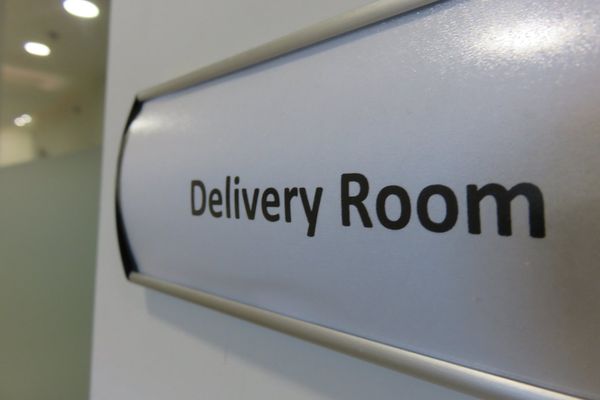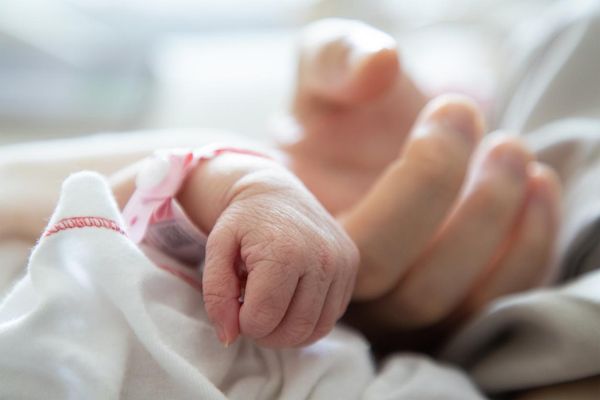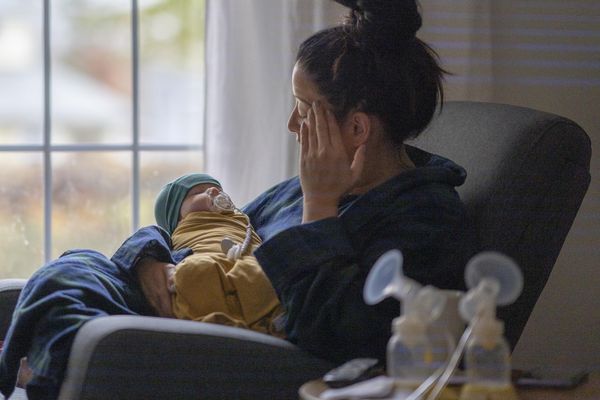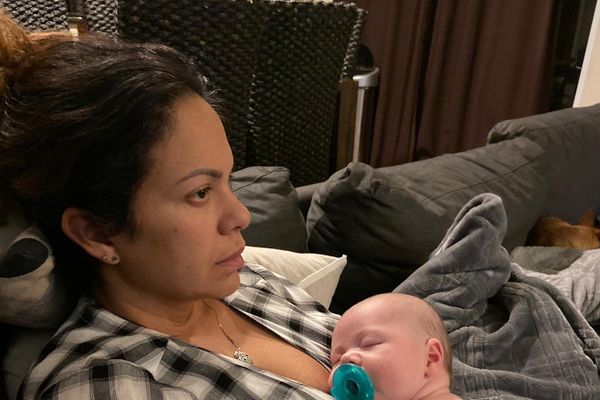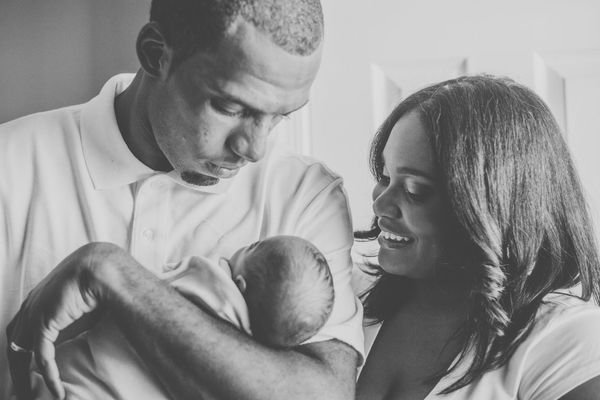As a new mom, you face all kinds of challenges and will encounter many things you've never heard of. Here's a term that may not be in your conversational goody bag: diastasis recti.
Huh? What's that?
Simply put, it's something many new moms are familiar with—at least from an aesthetic viewpoint: the protruding belly "pooch."
You may have shed those pregnancy pounds, but your abdomen isn't cooperating. It still sticks out.
Not everyone who has a little belly pooch post-pregnancy has diastasis recti, but statistics show that somewhere between one-third to two-thirds of women may develop it. It often goes away on its own within six months after delivery.
What causes diastasis recti?
Diastasis recti happens when the left and right sides of the rectus abdominis muscle separate. The muscle stretches from your breastbone to your belly button, covering the front of your belly, and increased tension on the abdominal wall created by a growing baby can cause the two sides to separate.
It's most likely to happen if you:
- Have multiple pregnancies (because with each pregnancy, your muscles stretch, making them weaker and more likely to separate, especially if your pregnancies are close together)
- Have a large baby
- Have twins, triplets or more
- Are older than 35
What does it look like?
If you have diastasis recti, you may notice a ridge that runs down the middle of your belly area. When you strain your muscles, such as when you cough, it can grow more noticeable.
It usually develops late in pregnancy, but you may notice some extra skin and soft tissue in the front of your belly during early pregnancy. As the months pass, sometimes the top of the uterus can be seen bulging out of your abdominal wall. In more severe cases, an outline of some parts of the baby may even be visible. And sometimes, the tissue can tear, causing a hernia (when an organ can squeeze through a weak spot in the surrounding muscle).
In many cases, the condition isn't noticeable until after you give birth.
The separation will likely lessen within a few months after delivery, but some separation can remain and can weaken your abdominal muscles. This can lead to lower back pain, making it difficult to lift objects or do other routine activities.
Can I avoid it?
If you have risk factors, diastasis recti may be unavoidable, but there are a few precautions that can lessen your risk:
- Protect your abdomen by using the log roll maneuver when getting up from a reclining position. This means rolling onto one side with your head and torso aligned, and then using your arms to push yourself to a seated position.
- Before you get pregnant and during your first trimester, you may want to do pregnancy exercises that strengthen your abdominal muscles and contribute to overall strength. Always check with your health care provider to make sure the exercises are safe for your body. Aggressive abdominal exercises after the first trimester can contribute to development of the condition and are not advised, but staying generally fit may help.
If it occurs and doesn't go away, must you live with the separation?
Exercise may improve the condition, according to the National Institutes of Health, but done incorrectly, abdominal exercises can make the condition worse by straining the muscles.
Surgery is rarely performed, although a tummy tuck can correct it, if you choose that route.
Don't want to go the surgery route?
You may still be able to correct the condition, promote muscle healing and bring those muscles back together or to near-alignment.
Consult a physical therapist about core exercises specifically targeted for this problem. One popular program, known as the Tupler Technique, advocates using a splint to position the muscles correctly while doing the suggested exercises. This technique also calls for starting the exercises early in your pregnancy to prevent the condition or lessen its impact.
You may also want to avoid using a front-loading baby carrier after you've given birth, because some experts think this can put pressure on the weak connective tissue.
If the separation is not too big, you may choose to live with it. It is a good idea, though, to aim to strengthen the muscles, especially if you plan to have another baby.


